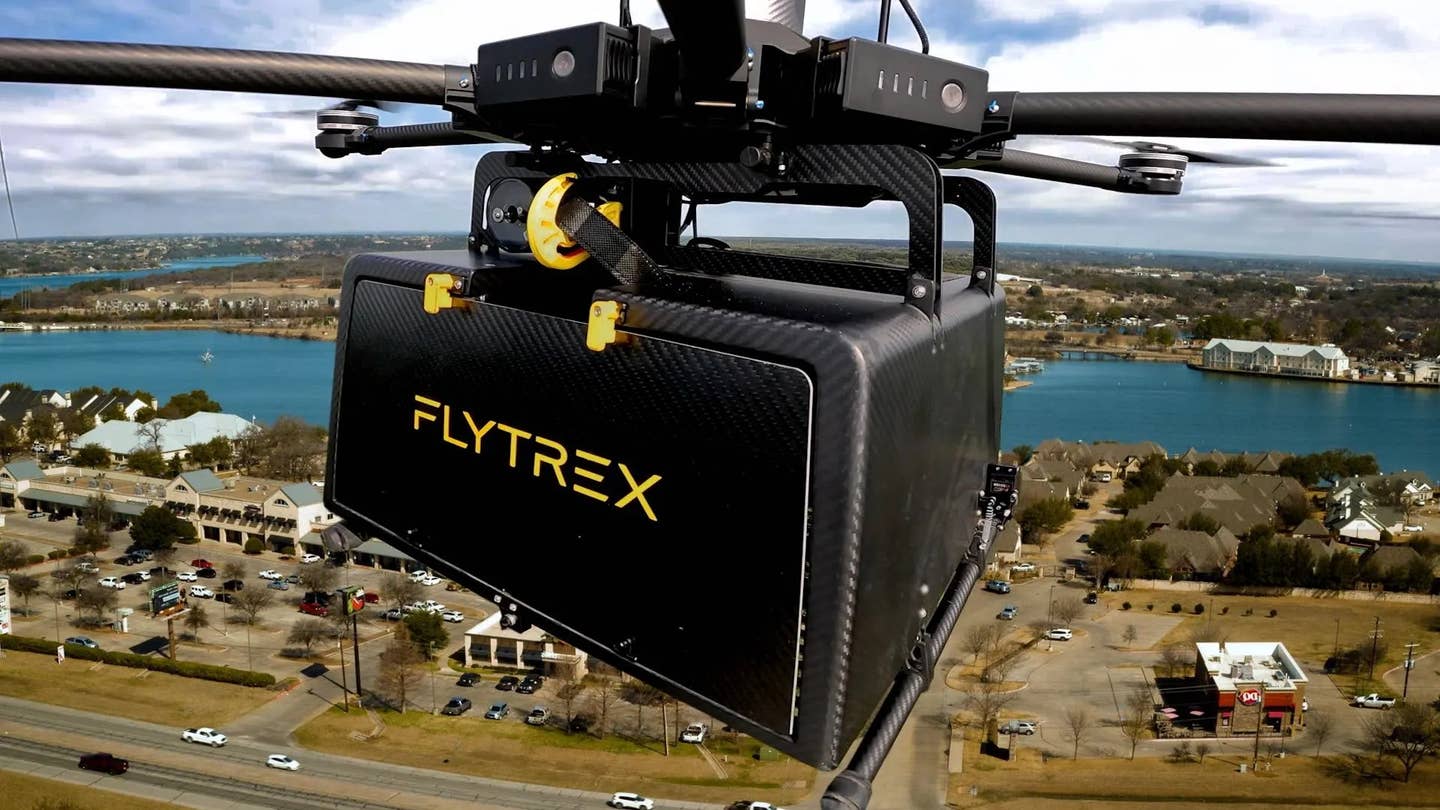New Airman Certification Standards for CFIs Is Released
By summer the long-awaited, 111-page update will apply for certifications.

The ACS contains the minimum standards that a pilot must meet for certification. [Credit: Shutterstock]
It takes a special kind of aviation enthusiast to get excited about the release of a new Airman Certification Standards (ACS) from the FAA, but here we are.
The long-awaited update to the Flight Instructor for Airplane Category Airman Certification Standards (FAA-S-ACS-25) has been released. The 111-page document has been in development since before the pandemic, the process was slowed when COVID-19 shut down the world. It replaces the FAA-S-8081-6D, Flight Instructor Practical Test Standards for Airplane, dated June 2012.
The ACS contains the minimum standards that a pilot must meet for certification.
According to David St. George, executive director of the Society of Aviation and Flight Educators (SAFE), the update to the CFI ACS began in 2016 when the private pilot ACS (FAA-S-ACS-6) was released, and the FAA working group learned that the slow flight task had been rewritten to eliminate "minimum controllable airspeed." That meant the stall warning horn couldn't be activated during the demonstration of slow flight or else the applicant could potentially receive a notice of disapproval.
This was exceptionally challenging as the aircraft, at the discretion of the examiner, could be configured with flaps down. So much as a slight increase in the angle of attack, reduction of power, or increase in load factor in a turn could result in the activation of the stall warning device, resulting in a notice of disapproval from the examiner.
That has changed, said St. George, who is also a designated pilot examiner (DPE). As in the CFI ACS, the task now requires flight with the stall warning on at the discretion of the examiner, and "a full explanation and description of 'flight characteristics in the region of reversed command and possible loss of control' is also required."
This is important, according to St. George, as loss-of-control incidents, which usually are the result of a surprise stall from which the pilot does not recover, are still the primary cause of fatal accidents. There is hope that this change to the CFI ACS will eventually migrate to the Private Pilot ACS. In addition secondary stalls are also now part of the ACS.
"Many examiners I have spoken with have noticed a decrease in flight training focus and also applicant skill and awareness in this area,” St. George said. “[It’s] a dark scary corner of the flight envelope, but critical to safety."
Said Karen Kalishek, a DPE and the chair of the National Association of Flight Instructors (NAFF): "Reintroducing minimum controllable airspeed to the testing standards is another welcome update that will enhance prospective CFIs' training and abilities. The ACS provides a structure consistent with other testing standards. Importantly, the updated testing standards add emphasis to risk awareness and mitigation, key points to improving aviation safety. The ACS’ added focus on fundamentals of instructing is also a positive change which will encourage increased preparation by potential new instructors."
CFI ACS Adds Electronics
One notable addition: The CFI ACS now allows the use of electronic flight alerts (ADS-B) and electronic flight bags, and preparation, presentation, and explanation of computer-generated flight plans are an acceptable option. This is good news to CFI applicants who throughout their training never fully learned how to fill out and use a paper navlog and, therefore, are unable to teach it.
The number of appendices in the ACS has also been reduced. This nonregulatory material was relocated to the Airman Certification Standards Companion Guide for Pilots (FAA-G-ACS-2), which is considered a companion guide to the ACS.
Applicants, instructors, and evaluators should consult this companion guide to familiarize with ACS procedures. The CFI ACS goes into effect May 31.

Subscribe to Our Newsletter
Get the latest FLYING stories delivered directly to your inbox






